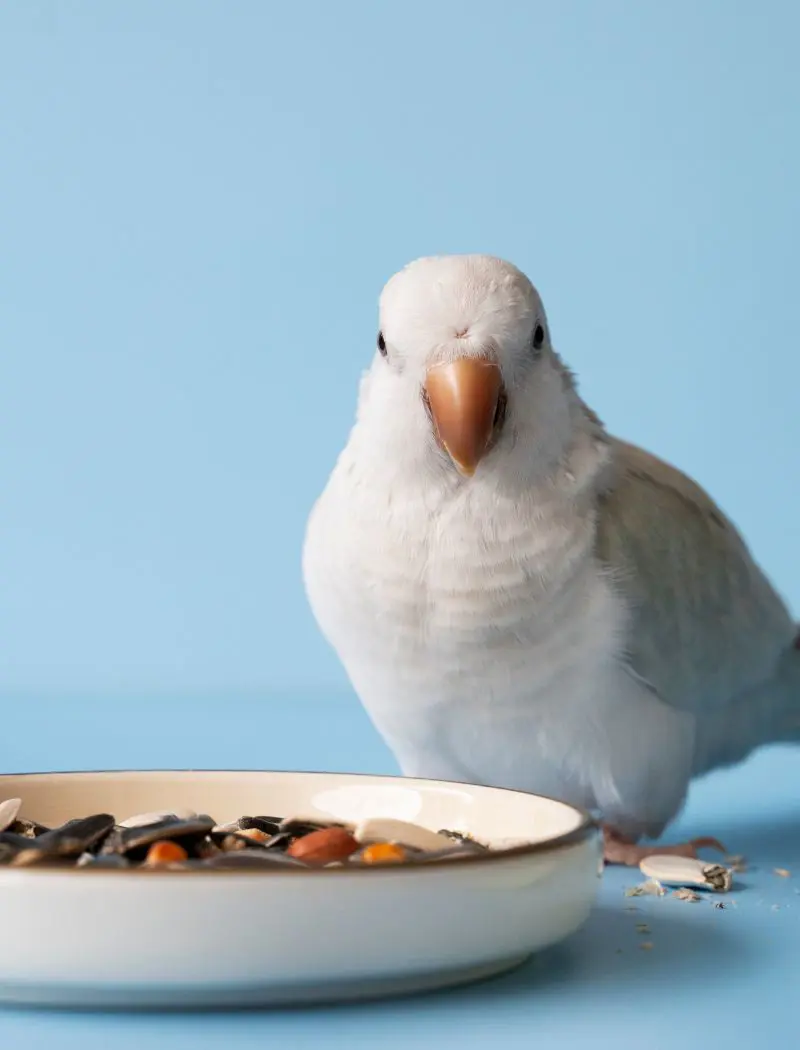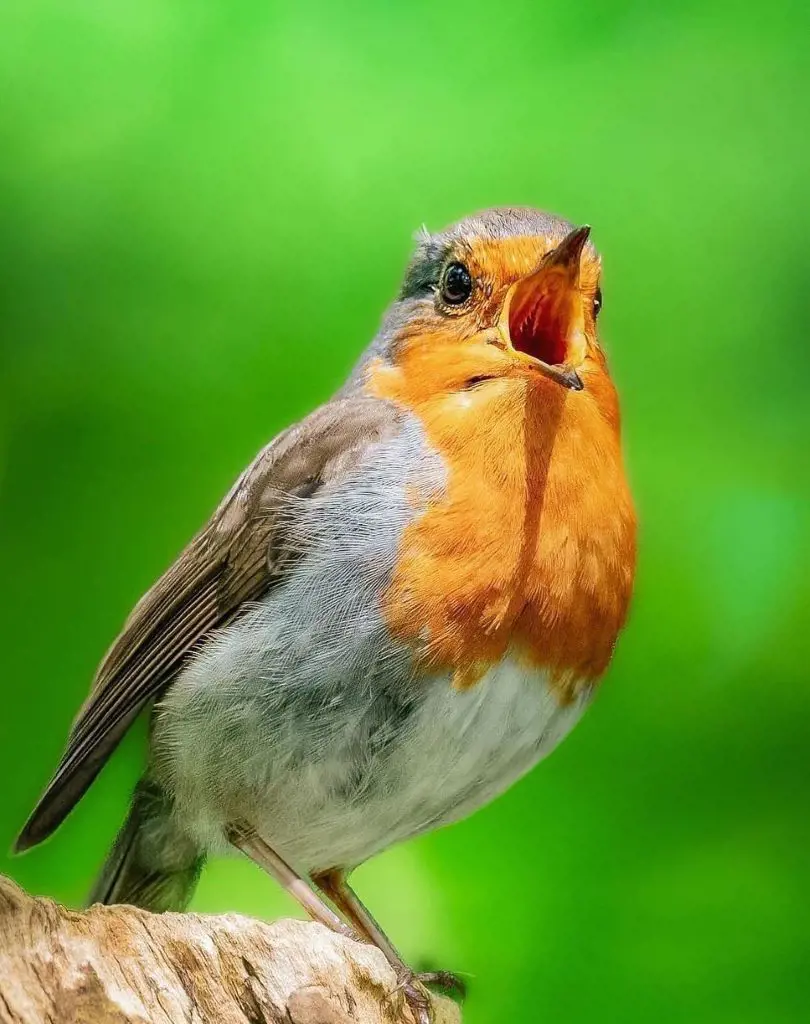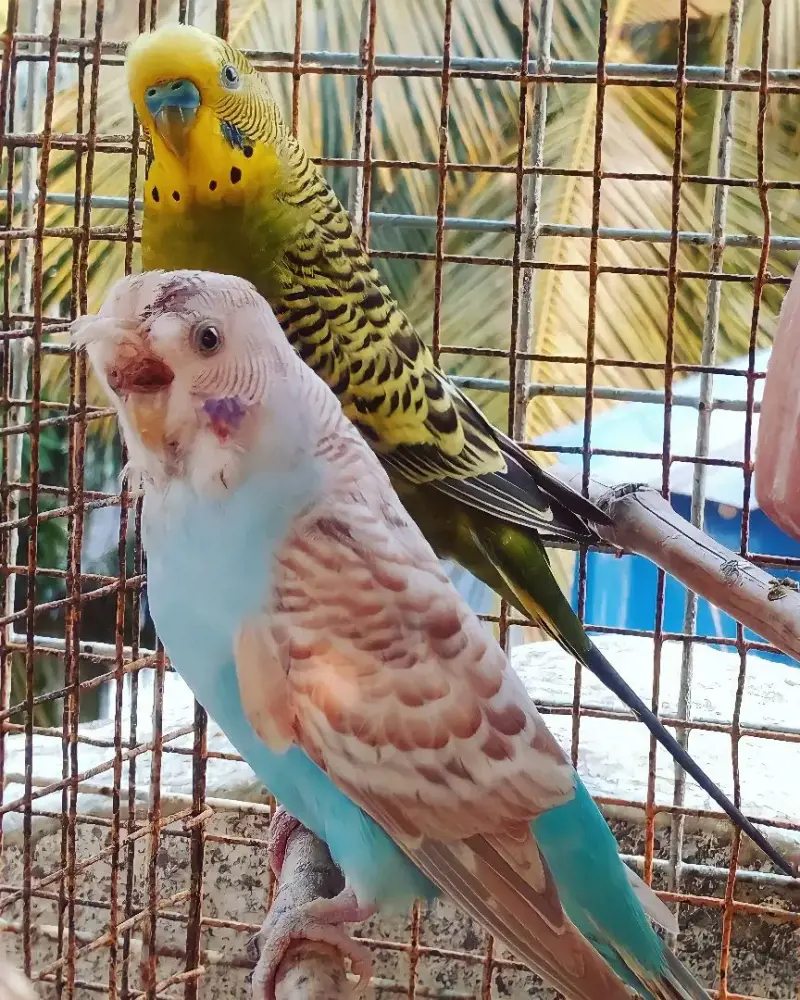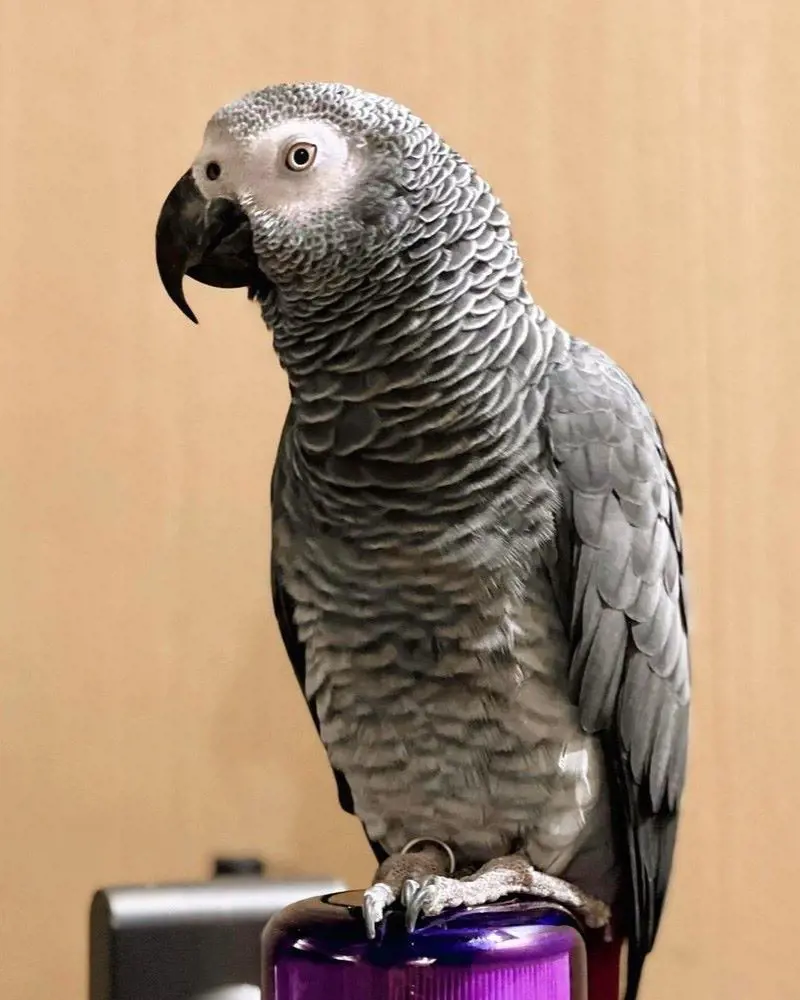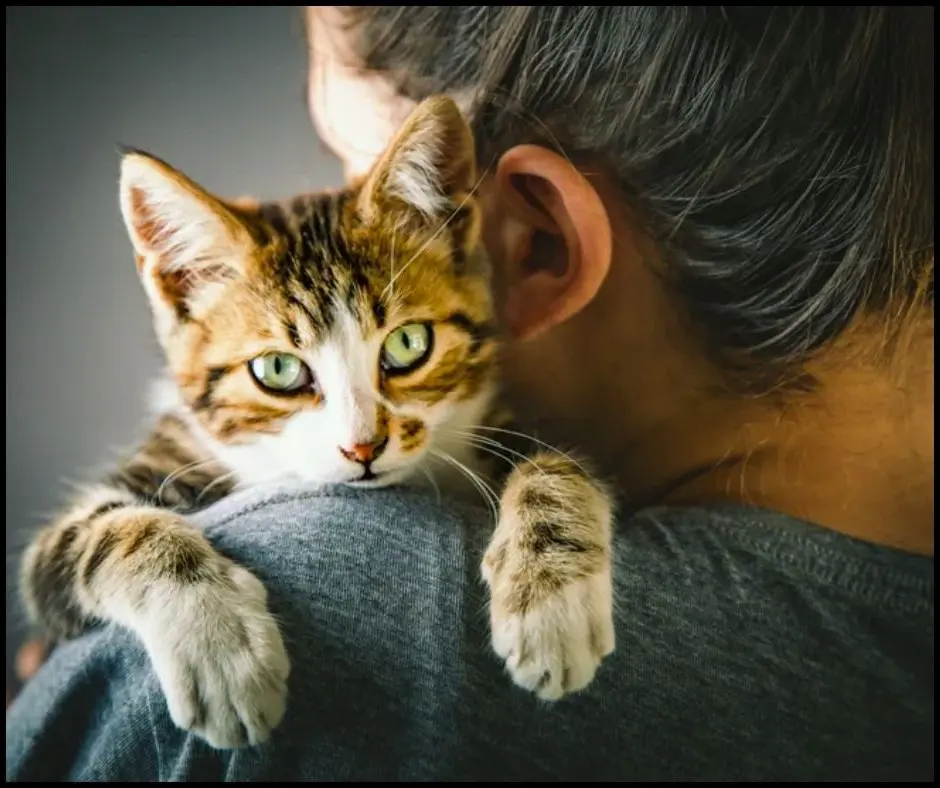Cockatoo Bird Species And Profile
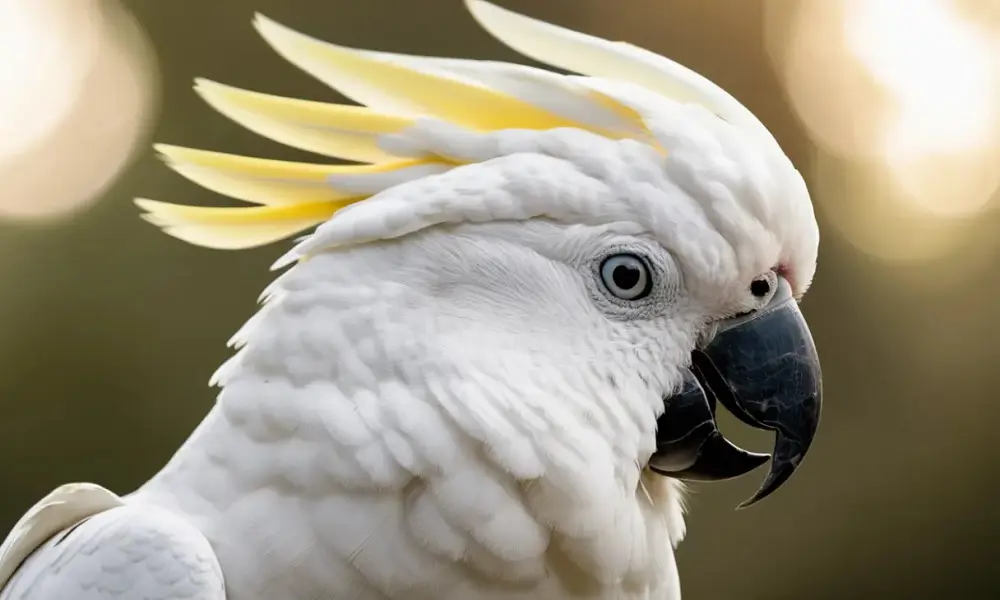
Cockatoos are charismatic and brilliant parrots, celebrated for their striking crests and affectionate nature. Native to Australasia, these vibrant birds captivate enthusiasts with their playful demeanor and strong bond-forming abilities.
While their charming personalities and social interactions make them popular pets, cockatoos require considerable care and attention. Whether you're a seasoned bird owner or a prospective pet parent, understanding these aspects is essential for providing a loving and suitable home for a cockatoo
Species Overview
Cockatoos are charismatic and highly intelligent parrots known for their striking crests and affectionate nature. Native to Australasia, these birds are popular pets due to their playful demeanor and ability to bond closely with their human companions. However, their demanding care requirements and potential for behavioral issues mean they are best suited for experienced bird owners.
Scientific Classification
- Common Name: Cockatoo
- Scientific Name: Cacatuidae (Family)
- Adult Size: Varies by species; generally 12 to 24 inches (30 to 61 cm)
- Lifespan: 40 to 70 years in captivity
Origin and History
Cockatoos originate from Australia, Indonesia, the Philippines, and nearby islands. They inhabit diverse environments, from rainforests and mangroves to savannas and scrublands. Historically, these birds have played a role in the cultures of indigenous peoples and have been kept as pets for centuries.
Temperament
Cockatoos are known for their sociable and affectionate nature. They thrive on interaction and can form strong bonds with their owners. These birds are playful and curious, often engaging in activities that stimulate their minds. However, they can become highly demanding and prone to behavioral issues such as feather plucking and screaming if not adequately stimulated or if left alone for extended periods.
Speech and Vocalizations
Cockatoos are capable of mimicking human speech and various sounds, though they are not as prolific talkers as some other parrots like African Greys or Amazons. Their vocalizations can range from soft, melodious calls to loud, piercing screams. Proper training and socialization can help manage their vocal tendencies.
Cockatoo Colors and Markings
Cockatoos exhibit a variety of colors and markings depending on the species. Common species include:
- Sulphur-crested Cockatoo: White with a yellow crest
- Moluccan Cockatoo: Pale pink with a salmon-colored crest
- Galah (Rose-breasted Cockatoo): Grey with a pink chest and face
- Umbrella Cockatoo: Pure white with a large, rounded crest
Each species has unique physical characteristics, but all share the distinctive crest that they can raise or lower as a means of communication.
Caring for the Cockatoo
Housing
Cockatoos require spacious cages to accommodate their active nature. A minimum cage size should be at least 24 x 36 x 48 inches. They also need plenty of out-of-cage time to exercise and socialize. Provide a variety of toys to keep them mentally stimulated and to prevent boredom.
Social Needs
These birds thrive on interaction and should not be left alone for long periods. Daily interaction is essential for their well-being. Cockatoos enjoy being part of the family activities and need a lot of attention and affection.
Common Health Problems
Cockatoos are susceptible to several health issues:
- Psittacine Beak and Feather Disease (PBFD): A viral disease that affects the beak, feathers, and immune system.
- Feather Plucking: Often due to stress, boredom, or nutritional deficiencies.
- Respiratory Infections: Can be caused by poor air quality or drafts.
- Obesity: Due to a diet high in seeds and nuts without sufficient exercise.
Regular veterinary check-ups are crucial to ensure your cockatoo’s health.
Diet and Nutrition
A balanced diet for a cockatoo includes:
- Pellets: Should make up the bulk of their diet.
- Fresh Fruits and Vegetables: Provide essential vitamins and minerals.
- Seeds and Nuts: Should be given sparingly due to high fat content.
- Fresh Water: Must be available at all times.
Avoid feeding avocados, chocolate, caffeine, and alcohol, as these are toxic to birds.
Exercise
Cockatoos need ample exercise to maintain their physical and mental health. This can be achieved through:
- Daily Out-of-Cage Time: At least a few hours per day.
- Interactive Toys: Puzzle toys, swings, and climbing structures.
- Training Sessions: Teach tricks and commands to stimulate their intelligence.
Pros of Cockatoos
- Affectionate and Sociable: Form strong bonds with owners.
- Intelligent: Capable of learning tricks and mimicking sounds.
- Beautiful Appearance: Striking plumage and expressive crests.
- Longevity: Can be lifelong companions with proper care.
Cons of Cockatoos
- High Maintenance: Require significant time and attention.
- Potential for Noise: Loud vocalizations can be disturbing.
- Behavioral Issues: Prone to feather plucking and other stress-related behaviors.
- Long Lifespan: Commitment of several decades.
FAQs
1. How long do cockatoos live?
Cockatoos can live between 40 to 70 years in captivity, depending on the species and quality of care.
2. Are cockatoos good pets for beginners?
Due to their demanding care needs and potential for behavioral issues, cockatoos are generally not recommended for first-time bird owners.
3. Can cockatoos talk?
Yes, cockatoos can mimic human speech and various sounds, though their ability to talk varies among individuals.
4. How can I prevent my cockatoo from feather plucking?
Ensure they have a balanced diet, plenty of mental and physical stimulation, and regular social interaction. Consult a vet if feather plucking persists.
5. What size cage does a cockatoo need?
A minimum cage size for a cockatoo is 24 x 36 x 48 inches, but larger is always better to accommodate their need for space and activity.
6. What should I feed my cockatoo?
A balanced diet of pellets, fresh fruits, and vegetables, with seeds and nuts given sparingly, is ideal for cockatoos. Avoid toxic foods like avocado, chocolate, and caffeine.
Recent posts
Birds
10 Enchanting Pet Birds That Will Captivate Your Heart
Keeping birds as pets can be a rewarding and enjoyable experience for individuals and families alike. Birds bring a touch of nature into our homes. They are low maintenance compared to pet dogs and cats. The world of pet birds offers a diverse a...
Can Birds Smell or Taste Their Food? Bird Senses Explained
Birds are great creatures with special senses that help them live and withstand their surroundings. These senses help them find food, stay safe, and even navigate their environment and play a key role in how birds survive. Their sharp vision and acut...
What Do Pigeons Eat, And How To Feed Them At Home?
Feeding pigeons is frowned upon and illegal in some places, especially in urban areas. While they appear innocent and harmless, giving them food has been directly linked to bird overpopulation along with an increased frequency of bird droppings in pu...
10 Small Pet Birds That Are Perfect For Beginners
The world of pet birds is vast and diverse, offering a variety of options for individuals seeking feathered companions. Large birds often capture our attention with their impressive size and intelligence but small pet birds are more ideal for beginne...
Know Everything About Bird Budgies
Budgerigars, popularly known as Budgies, are small and colorful parrots native to Australia renowned for their vibrant plumage. These small birds possess remarkable intelligence and can be trained to mimic human speech, which adds an entertaining dim...
Top 10 Talking Birds: The Most Talkative Avian Companions
Birds have not just captivated human attention for their flight capabilities. A few species have become a subjects of enthusiasm for their ability to mimic human speech. If you've ever been fascinated by this enchanting ability of birds, you're in fo...

